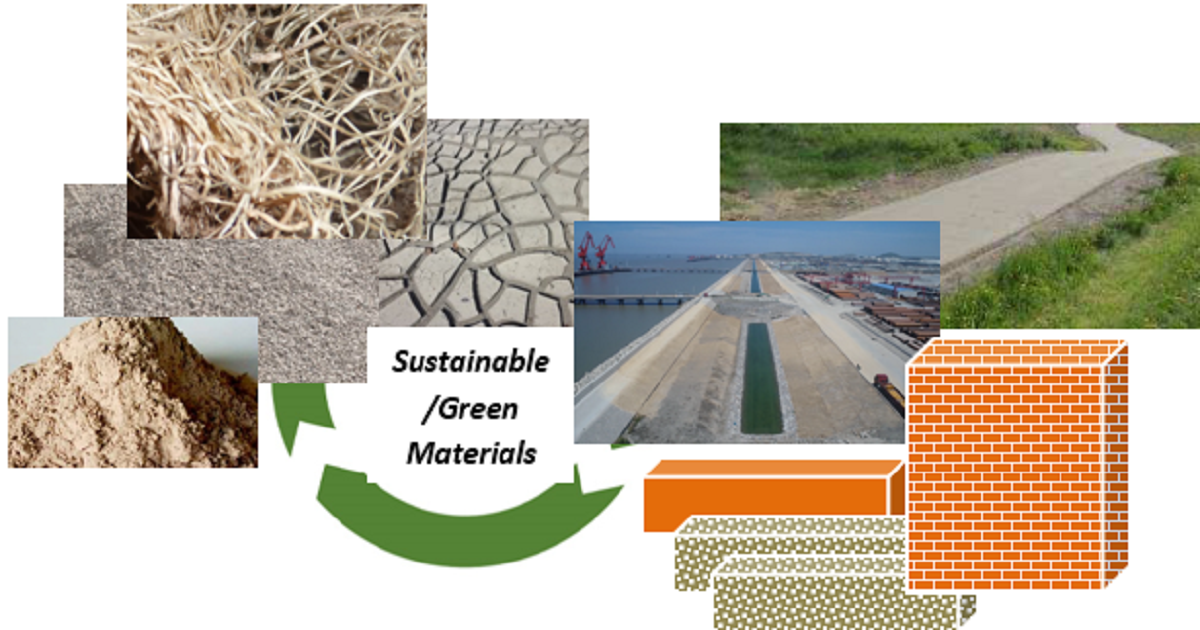Advances in Sustainable Construction Materials and Geotechnical Engineering
A special issue of Applied Sciences (ISSN 2076-3417). This special issue belongs to the section "Materials Science and Engineering".
Deadline for manuscript submissions: closed (20 May 2023) | Viewed by 8638

Special Issue Editors
Interests: geomechanics; soil-structure interaction; soil improvement; geo-materials; sediment management; waste valorization
Special Issue Information
Dear Colleagues,
The topics covered in this Special Issue include the use of industrial, agricultural byproducts and other waste as sustainable and green materials in the construction field and in geotechnical engineering. Research papers must discuss recent advances and techniques related to the geotechnical and construction fields concerning the use of low-carbon binders, geo- and bio-polymers, natural renewable resources in the material design, and stabilization techniques. The economy and renewability of natural resources (energy and materials), sustainable and eco-friendly development, the limitation of greenhouse gas emissions, the effects of climate change, recycling, and waste reduction are all factors that must be considered in the development of sustainable materials. Papers may also include case studies on applications in the areas mentioned.
Prof. Dr. Daniel Levacher
Prof. Dr. Kenichi Sato
Guest Editors
Manuscript Submission Information
Manuscripts should be submitted online at www.mdpi.com by registering and logging in to this website. Once you are registered, click here to go to the submission form. Manuscripts can be submitted until the deadline. All submissions that pass pre-check are peer-reviewed. Accepted papers will be published continuously in the journal (as soon as accepted) and will be listed together on the special issue website. Research articles, review articles as well as short communications are invited. For planned papers, a title and short abstract (about 100 words) can be sent to the Editorial Office for announcement on this website.
Submitted manuscripts should not have been published previously, nor be under consideration for publication elsewhere (except conference proceedings papers). All manuscripts are thoroughly refereed through a single-blind peer-review process. A guide for authors and other relevant information for submission of manuscripts is available on the Instructions for Authors page. Applied Sciences is an international peer-reviewed open access semimonthly journal published by MDPI.
Please visit the Instructions for Authors page before submitting a manuscript. The Article Processing Charge (APC) for publication in this open access journal is 2400 CHF (Swiss Francs). Submitted papers should be well formatted and use good English. Authors may use MDPI's English editing service prior to publication or during author revisions.
Keywords
- sustainable materials
- green materials
- low carbon binder
- earth materials
- geopolymer
- biopolymer
- stabilization/solidification technique
- waste recycling
- byproducts






